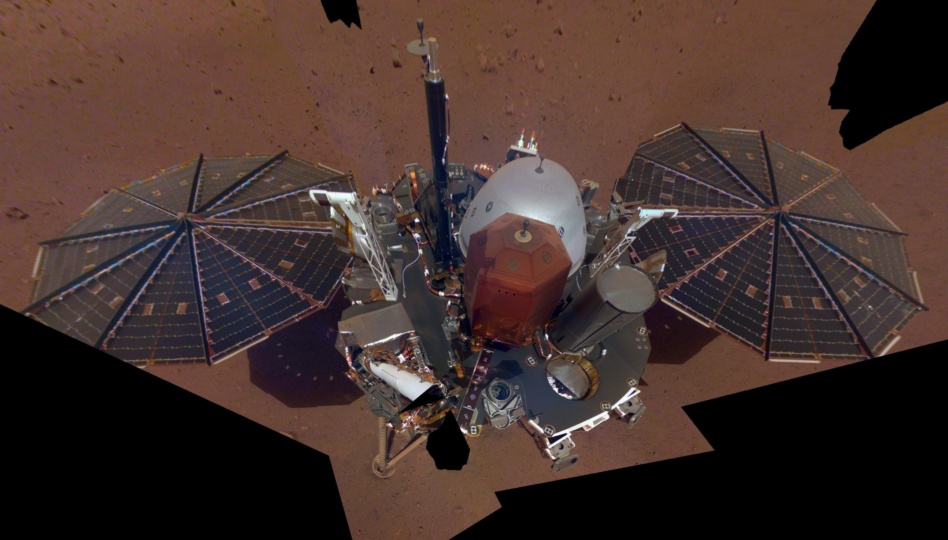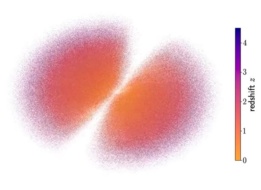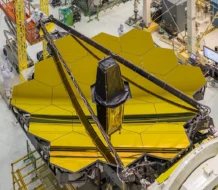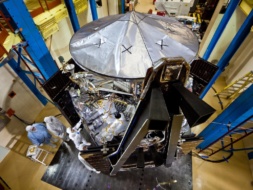Mars, near its center, is liquid rock.
The composition of the Red Planet has long been a mystery. It is tough to accurately measure things like the density and composition of what you can’t see from remote observations alone, and there have been limited tools deployed on the planet that can actually probe very far beneath the surface. Now, though, observations from a surface seismograph have illuminated what we couldn’t see before.
In a study published yesterday in Nature, researchers used data from NASA’s InSight lander mission to look into the composition of Mars’ core and found that the core is A) smaller than previously believed and B) includes a layer of liquid silicates, unlike Earth’s nearly totally liquid iron core.
Beneath the surface: It’s a difficult task to understand what’s going on beneath the surface of any planet, Earth included. It’s a long way to drill to see the layers. Instead, on Earth, researchers used seismographs to measure the shaking of the ground and detect vibrational patterns. Slight differences in the speed of those vibrations passing through the Earth’s deepest reaches allowed scientists to calculate the density of the planet at different regions and infer their chemical composition.
On Mars, researchers don’t have the luxury of placing lots of seismographs at different points on the planet to gather data on the ground’s vibration patterns. NASA’s InSight lander was the first—and, so far, only—lander to deploy a seismograph on Mars or any other planetary body besides Earth.
Before it went out of commission last December, InSight pulled its weight. The mission detected the first seismic waves on Mars and gave researchers the first readings that hinted at a core.
Finding liquid silicates: Like Earth, Mars has a liquid iron core at its very center and a crust made up of a composition of rock called silicate. Unlike Earth, though, analysis of InSight’s observations revealed that Mars has a layer of liquid silicate ~150km thick surrounding its liquid iron core, beneath the rocky crust.
The research found this out by looking at the density of the core compared to Earth. Earth’s core is ~90% iron, and 10% lighter elements. Initial observations showed Mars’ core had about 20% lighter elements, which was “bordering on the impossible” for what we know about planetary formation, according to researcher Dongyang Huang at ETH Zurich.
- This shockingly high proportion of light elements led researchers to look for another explanation.
- That solution: A smaller, denser core, with a liquid center containing ~9-14% lighter elements surrounded by a layer of liquid silicates.
What does it mean? The higher proportion of light elements at the center of Mars hints that the planet formed earlier in the solar system than Earth did—possibly while the Sun was still surrounded by a nebulous cloud of particles.




